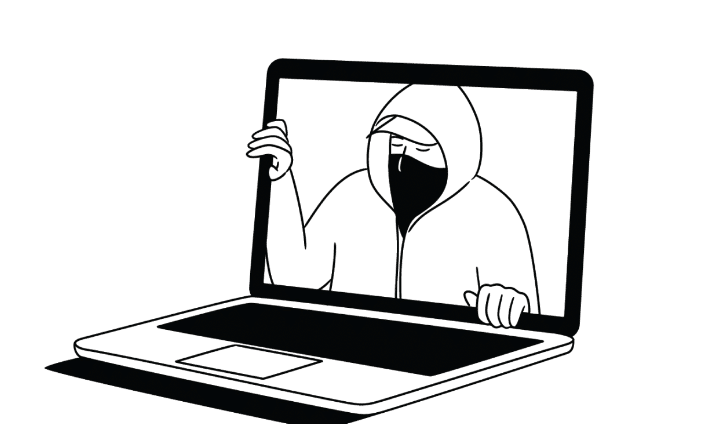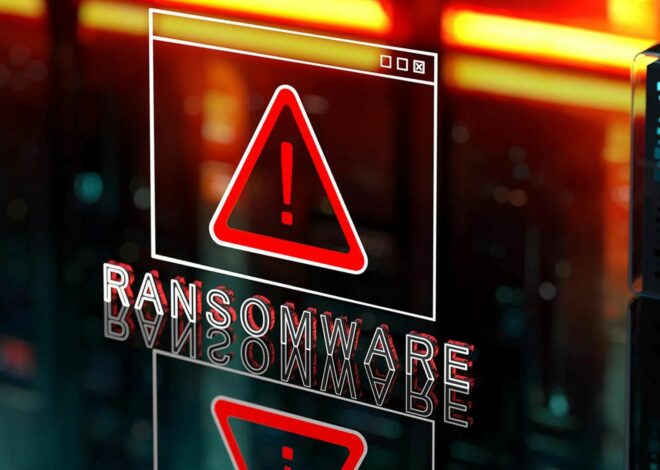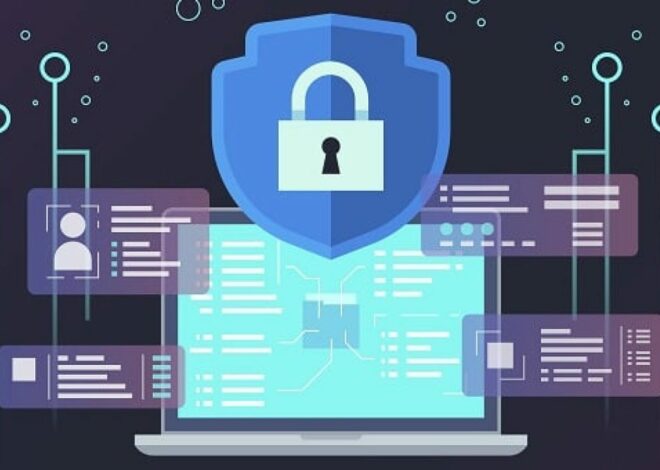
Network Security 101: Common Threats and How to Protect Yourself
In today’s interconnected world, ensuring the security of your network is paramount. From personal devices to corporate systems, safeguarding against cyber threats is essential to protect sensitive data and maintain operational integrity. This article provides an overview of common network security threats and practical tips for safeguarding your digital assets.

Understanding Network Security
Common Threats to Network Security
Malware
Malicious software is commonly referred to as malware. It presents a significant threat to network security by infiltrating networked devices and wreaking havoc on their operations. Viruses, worms, and ransomware are among the most prevalent forms of malware, each capable of causing distinct types of damage.
Viruses are malicious programs that attach themselves to legitimate files or programs and spread from one device to another, often via email attachments, infected websites, or removable storage devices. Once activated, viruses can corrupt files, disrupt system functions, and propagate themselves throughout the network.
Phishing Attacks
Phishing emails and websites represent a pervasive and deceptive tactic used by cybercriminals to exploit unsuspecting users and compromise network security. These emails typically contain urgent or enticing messages designed to elicit a response from recipients, such as clicking on a malicious link or providing sensitive information.
Similarly, phishing websites are fraudulent web pages that mimic legitimate sites, such as online banking portals or social media platforms. These sites are designed to deceive users into entering sensitive information, such as login credentials, credit card numbers, or personal details.
Unauthorized Access
Hackers may attempt to gain unauthorized access to network resources or sensitive data through techniques like brute force attacks or exploiting software vulnerabilities.
Data Breaches
Breaches occur when unauthorized parties access and exploit sensitive data stored on networked systems, leading to financial losses and reputational damage.
Protecting Your Network
Use Strong Passwords
Ensure passwords are complex and unique for each account, incorporating a mix of letters, numbers, and special characters.
Install Security Software
Implement antivirus, anti-malware, and firewall software to detect and prevent threats from infiltrating your network.
Regular Update
Keep software, operating systems, and security patches up to date to address known vulnerabilities and protect against exploitation.
Employee Training
Educate employees about cybersecurity best practices, including identifying phishing emails, using secure passwords, and avoiding suspicious websites.
Encrypt Data
Encrypt sensitive data stored on networked devices to prevent unauthorized access in the event of a breach.
Implement Access Controls
Restrict access to network resources based on user roles and permissions, minimizing the risk of unauthorized access.
Backup Data
Regularly back up important files and data to an external location or cloud storage to mitigate the impact of ransomware attacks or data breaches.
Conclusion
Network security is critical in today’s digital landscape, where cyber threats are prevalent and evolving. By understanding common threats and implementing proactive security measures, individuals and organizations can protect their networks, safeguard sensitive data, and minimize the risk of cyber attacks. Stay vigilant, stay informed, and prioritize network security to ensure the integrity and resilience of your digital infrastructure.



